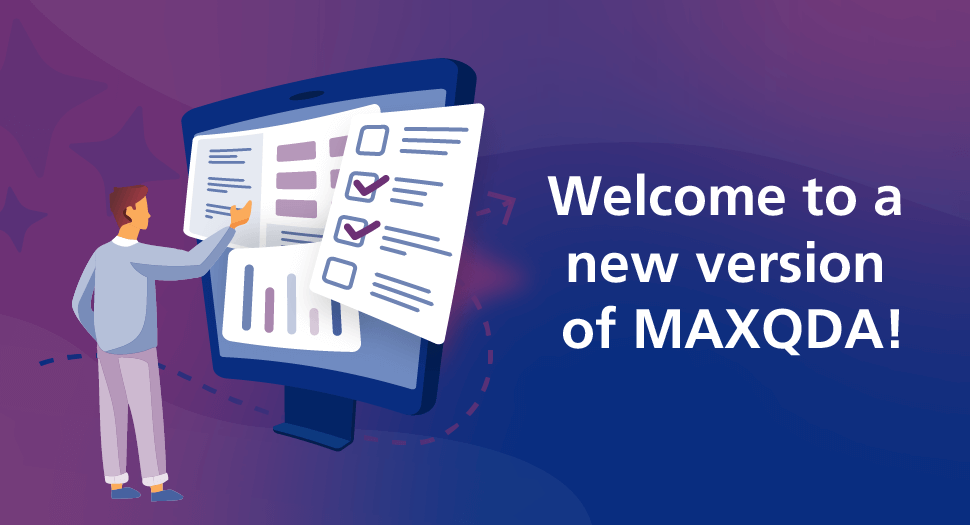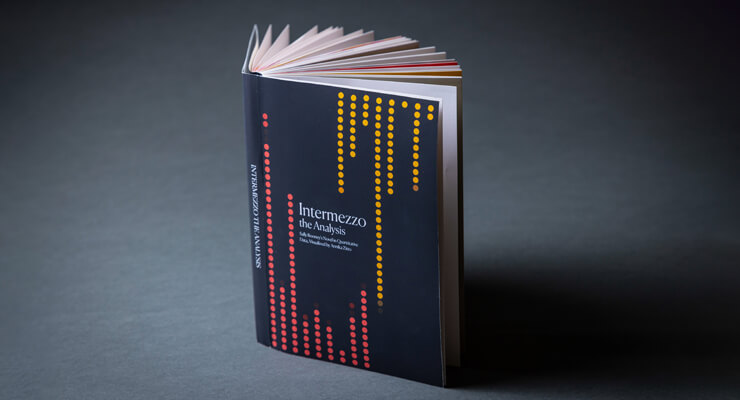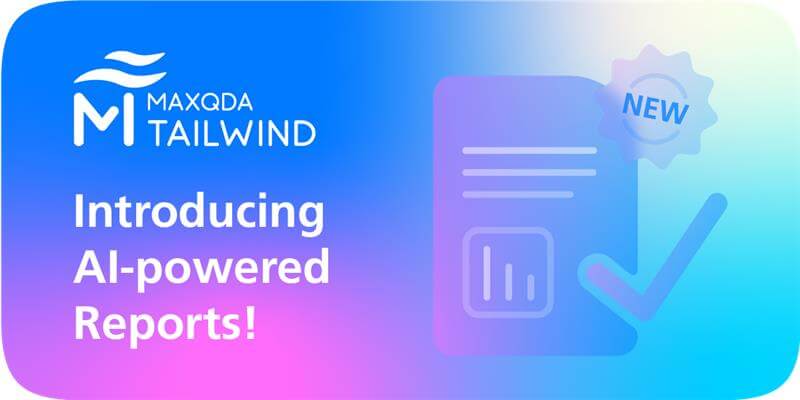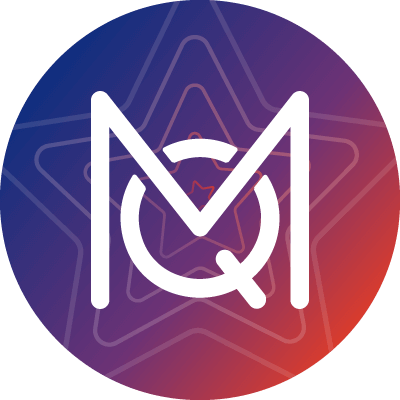Inspired by Dr. John W. Creswell
This month, the research community joins VERBI in celebrating the 80th birthday of Dr. John W. Creswell, a seminal figure in advancing mixed-methods research. Creswell’s contributions have significantly influenced methodological pluralism, foregrounding the integration of qualitative and quantitative approaches not merely as complementary but as epistemologically generative. His work has expanded the legitimacy of mixed methods designs across disciplines, enabling scholars to more effectively interrogate complex phenomena through methodological triangulation and interpretive depth.
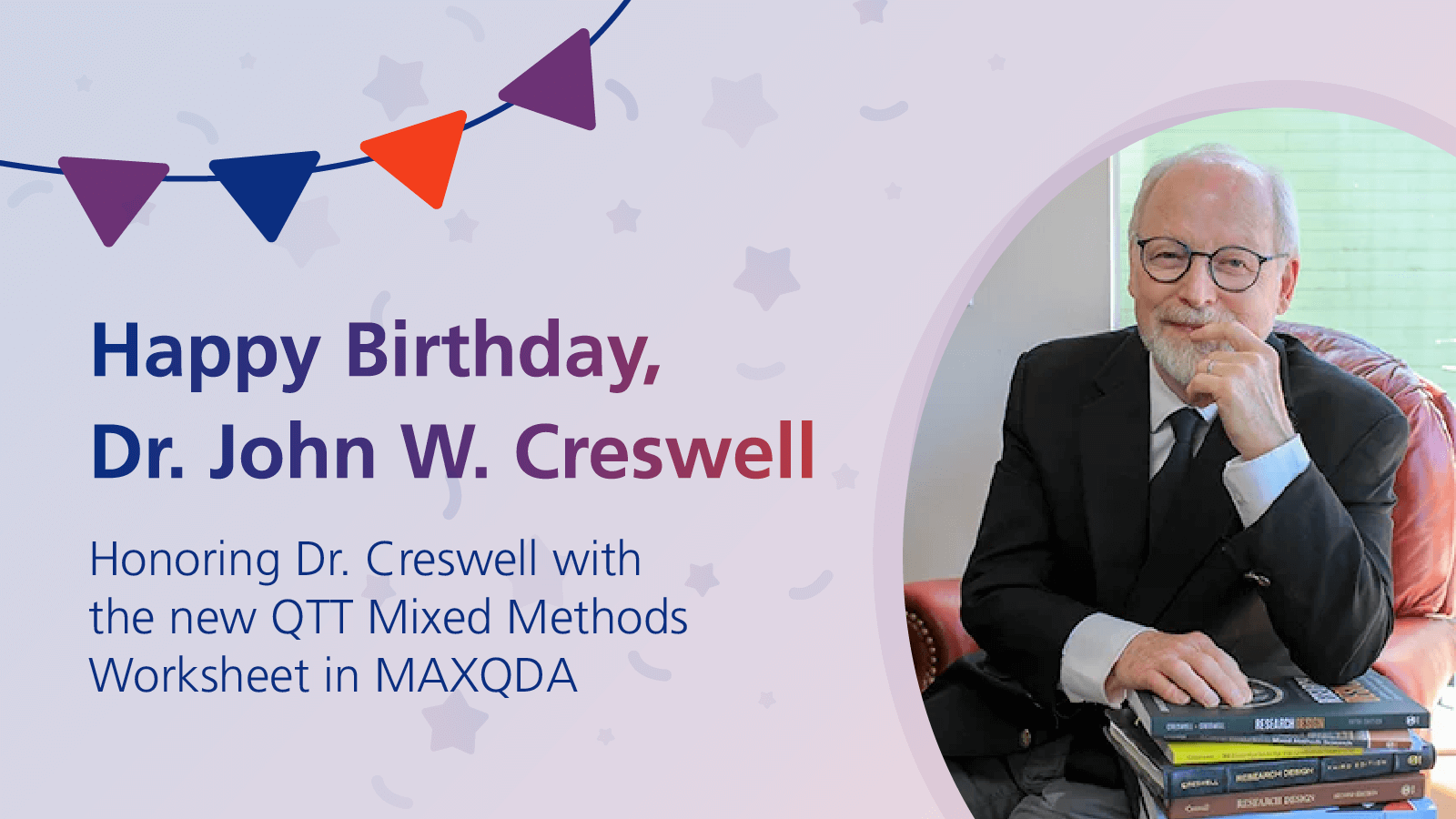
At VERBI, we hold deep respect for Dr. Creswell’s enduring influence on research methodology. His integrative approach to inquiry continues to shape how scholars design and conduct impactful studies. In celebration of his birthday and drawing directly from his foundational framework, we are thrilled to announce a significant expansion of MAXQDA’s QTT (Questions – Themes – Theories) tool: the QTT Mixed Methods Worksheet.
Streamlining Your Mixed Methods Research with MAXQDA
Over time, MAXQDA’s QTT has become a valuable workspace for organizing and interpreting qualitative findings. Now, we’re expanding its capabilities to better support the needs of mixed methods research.
The new QTT Mixed Methods Worksheet serves as a dedicated companion throughout your research design process. It provides a systematic workspace for planning, organizing, and integrating your study’s qualitative, quantitative, and joint display components; all within the familiar MAXQDA environment.
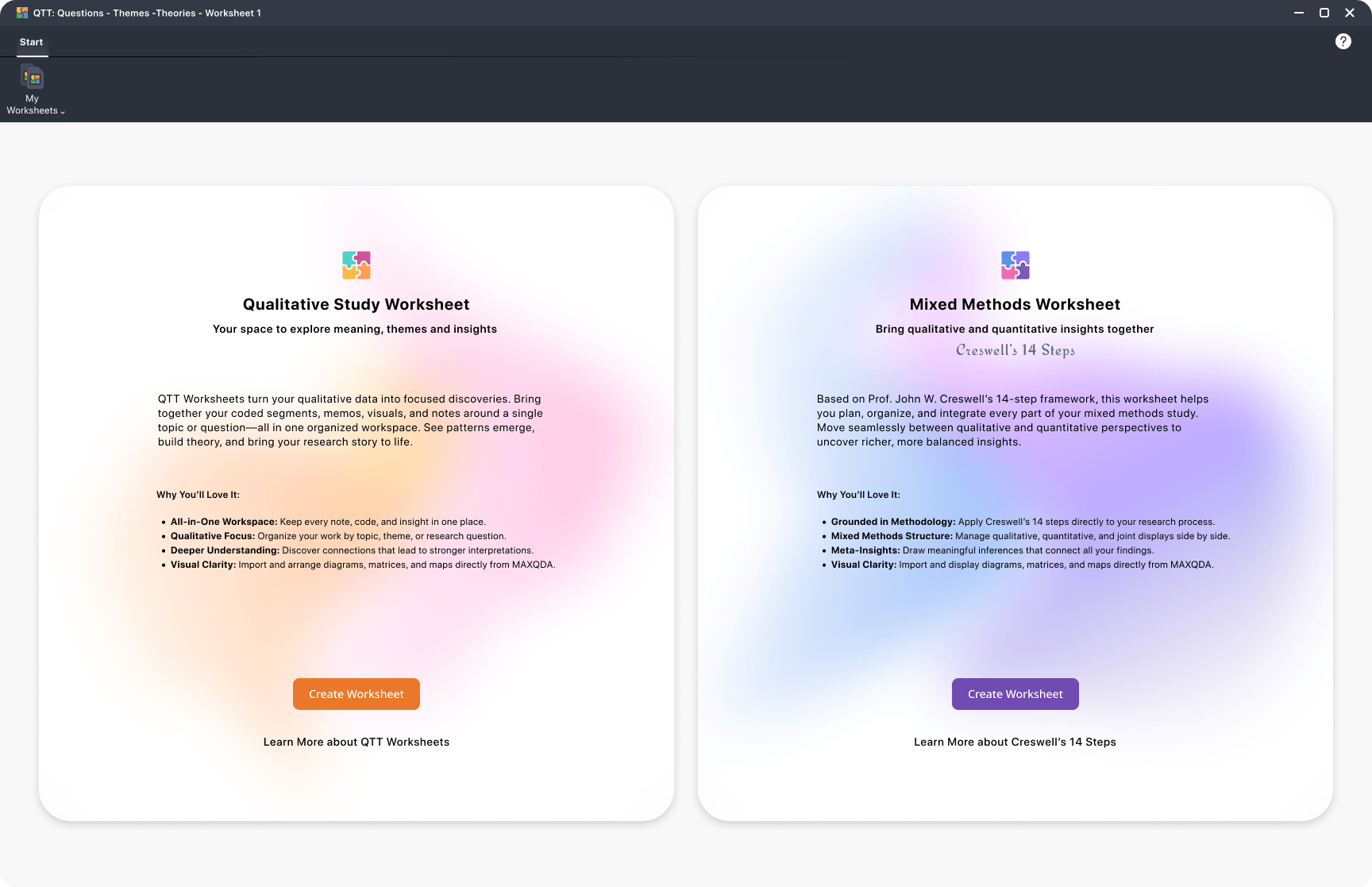 QTT Landing Page: Choose between a Qualitative and a Mixed Methods Worksheet
QTT Landing Page: Choose between a Qualitative and a Mixed Methods Worksheet
Grounded in Dr. Creswell’s influential mixed methods framework, this new worksheet helps ensure that your research remains rigorous, transparent, and communicable. More than just a tool for structuring the integration of diverse data sources, the worksheet offers dedicated space to capture findings and observations for each component. Crucially, it helps maintain a clear line of sight between every part of the study and the central research question driving it.
Key Benefits of the QTT Mixed Methods Worksheet
- Systematic Planning: Organize all aspects of your mixed-methods study in a single, intuitive workspace. No more juggling multiple documents or struggling to maintain a cohesive overview.
- Seamless Integration: MAXQDA outputs are automatically grouped into dedicated sections for qualitative, quantitative, and joint display components, streamlining your analysis and reporting.
- Meta-Inference Development: A dedicated panel lets you write, refine, and link observations to synthesize your findings, supporting robust meta-inferences — a cornerstone of effective mixed methods research practice.
- Visual Documentation: Easily gather diagrams, matrices, and concept maps directly from other MAXQDA tools, enriching your analysis and facilitating clear communication of your findings.
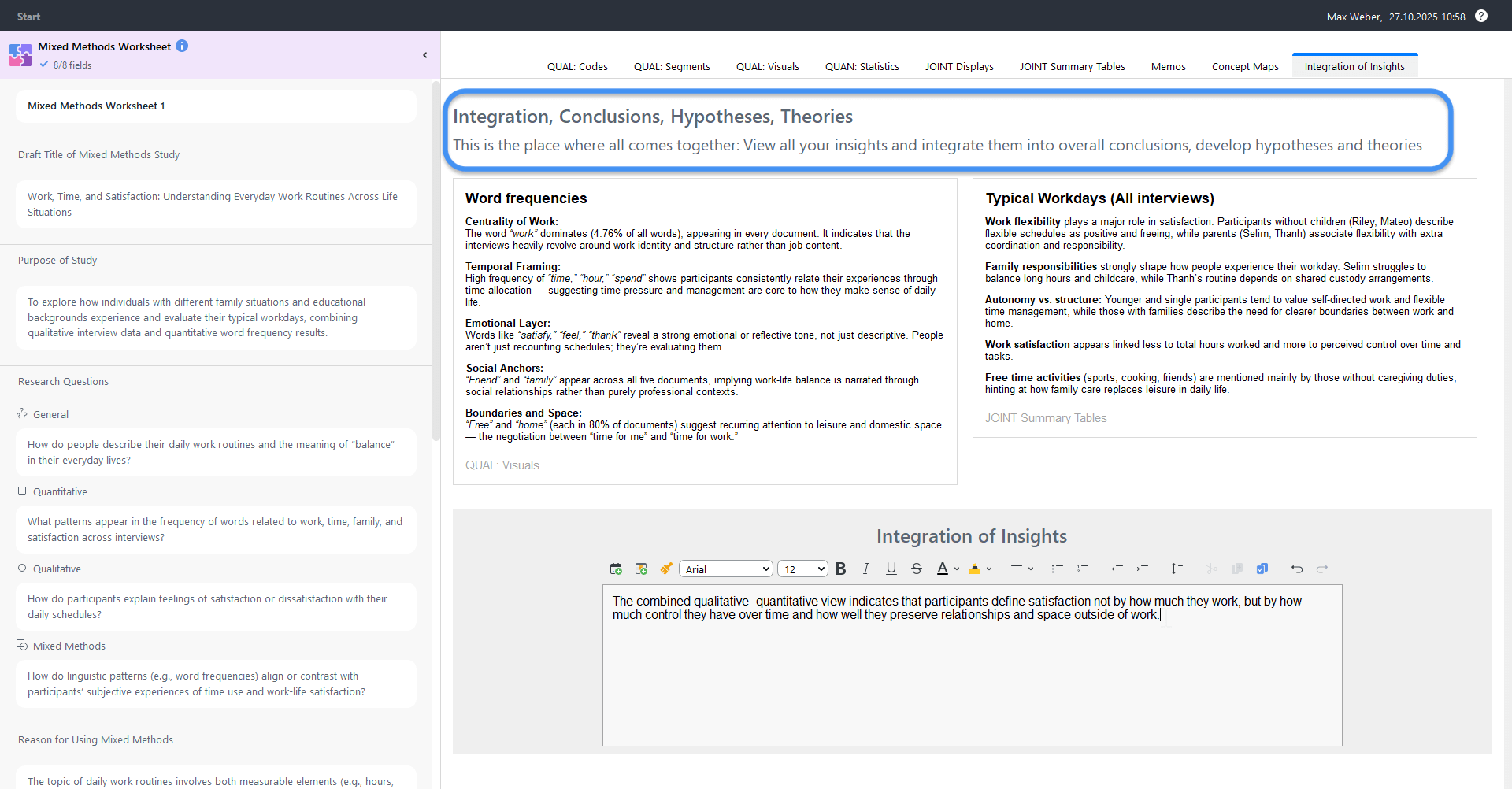 QTT – Mixed Methods Worksheet: Example View of Integrated Insights
QTT – Mixed Methods Worksheet: Example View of Integrated Insights
A Fitting Tribute to a Leading Researcher
We believe this new feature will be an invaluable asset to researchers employing mixed-methods designs and a fitting tribute to Dr. Creswell’s enduring legacy. It reflects our ongoing commitment to equipping scholars with the tools needed to conduct rigorous, impactful, and methodologically sound research.
We extend our warmest birthday wishes to Dr. Creswell and our sincere thanks for his foundational contributions to research methodology.
Coming in November: MAXQDA’s Next Big Update!
The new QTT Mixed Methods Worksheet is almost here!
Stay in the loop; subscribe to our newsletter for the release announcement.
If you want to learn more about Mixed Methods Research with MAXQDA you can find everthing you need to know on this page:

